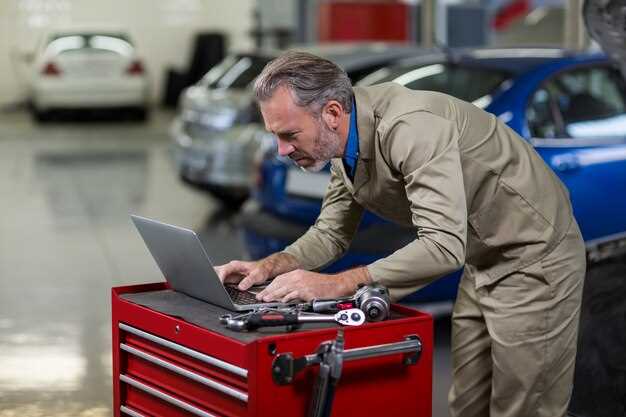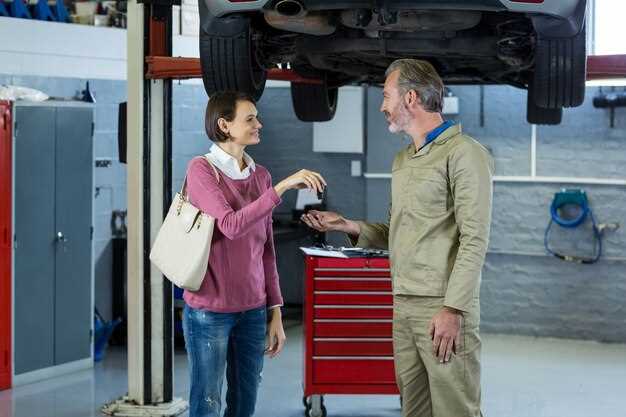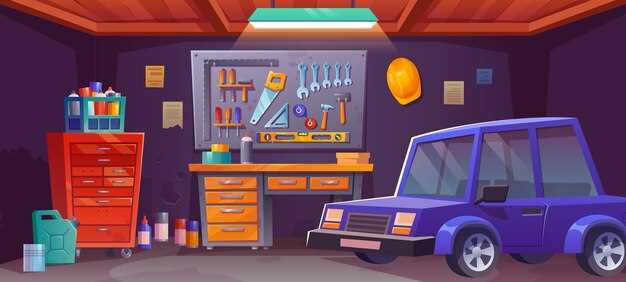
In the world of motorsports, the garage serves as a sacred space where passion meets precision. For a private racer, this environment is more than just a place to house vehicles; it’s a sanctuary where dreams are meticulously crafted into reality. The garage becomes the hub of innovation, featuring tools and machinery that reflect the unique personality and racing philosophy of its owner.
A private racer’s workspace is often a carefully curated blend of high-performance vehicles, maintenance equipment, and personal memorabilia. Each corner holds a story, whether it’s the latest racing trophy, a vintage helmet, or an array of tires waiting for their moment on the track. This setting reveals not only the technical expertise required to excel in racing but also the emotional investment tied to each project.
In this article, we delve into the intricate details of a private racer’s garage, exploring essential tools, vehicle modifications, and the creative processes behind each custom build. Whether you’re an aspiring racer, a fan of motorsport, or simply curious about this unique subculture, this journey through the workspace of a private racer will offer insights into the inspiring fusion of engineering and artistry found in every race-ready machine.
Key Tools and Equipment for Race Preparation

Preparing a race car requires a comprehensive array of tools and equipment to ensure optimum performance and safety. The following are essential items that every private racer should have in their garage and workspace.
1. Diagnostic Tools
Accurate diagnostics are crucial before hitting the track. OBD-II scanners allow racers to read error codes and monitor the vehicle’s health. A multimeter is essential for electrical troubleshooting, ensuring that all systems, including sensors and lights, are functioning correctly.
2. Mechanical Tools
A well-stocked toolbox is vital. Socket sets, wrenches, screwdrivers, and pliers are fundamental for assembling and disassembling components. Torque wrenches ensure that fasteners are tightened to the manufacturer’s specifications, while impact wrenches can speed up tire changes after practice or qualifying sessions.
3. Tire Equipment
Tires are a critical element of race preparation. Tire changers and balancers streamline the process of switching between different sets, optimizing grip based on track conditions. A tire pressure gauge is necessary to monitor and adjust tire pressure accurately before and during races.
4. Suspension and Alignment Tools
Proper suspension setup directly affects handling and performance. Race teams utilize alignment machines to set camber, toe, and caster settings. Ride height tools ensure the car is properly adjusted for aerodynamics and weight distribution.
5. Safety Gear
While not a tool per se, safety gear is paramount. Helmets, fire suits, gloves, and harnesses are essential for driver protection. Regular inspections of this equipment ensure compliance with safety regulations and readiness for high-speed racing.
6. Fueling Equipment
Efficient refueling can make a significant difference in race strategy. Fuel pumps, containers, and funnels designed for high-octane racing fuel facilitate quick and safe refueling operations during pit stops.
7. Cleaning Supplies
Maintaining cleanliness is vital for both performance and aesthetics. A variety of cleaning products, including degreasers, lubricants, and microfiber cloths, help keep components in top condition, ensuring that dirt and debris do not affect sensitive systems.
8. Data Logging and Telemetry Systems
Gathering data from practice laps is crucial for performance analysis. Data loggers capture information on speed, RPM, throttle position, and more. Telemetry systems allow real-time monitoring, providing insights that can be used for adjustments during the race.
Equipping a garage with these essential tools and equipment ensures a thorough approach to race preparation, enabling private racers to focus on performance and strategy.
Designing an Optimized Space for Vehicle Maintenance

Creating an efficient workspace for vehicle maintenance is crucial for any private racer. The design of this area significantly influences productivity, safety, and the overall quality of work performed. To achieve an optimal space, several key factors must be taken into account.
First, consider the layout. The workspace should be organized to allow for smooth workflow. Establish designated zones for different tasks, such as disassembly, assembly, and cleaning. Each area should be equipped with the necessary tools and equipment to minimize unnecessary movement and enhance efficiency.
Storage solutions are another essential aspect. Utilizing wall-mounted shelves, pegboards, and tool chests can keep tools organized and readily accessible. Categorizing tools by type or frequency of use can further streamline operations. Additionally, incorporating storage for parts and supplies, such as nuts, bolts, and fluids, is essential to prevent clutter and disorganization.
Lighting plays a significant role in maintenance tasks. Proper illumination reduces the chance of errors and enhances focus. Implement a combination of overhead lights and task lighting to ensure that every corner of the workspace is well-lit. Consider using LED lights for energy efficiency and longevity.
Ventilation is critical when working with chemicals and fuels. An optimal workspace should feature sufficient airflow to expel fumes and maintain a safe working environment. Install exhaust fans to facilitate effective air circulation, and consider the placement of windows to take advantage of natural light and airflow.
Safety measures cannot be overlooked. Ensure that the workspace is equipped with fire extinguishers, first aid kits, and safety signage. A well-designed workspace also includes non-slip flooring to reduce the risk of accidents and ergonomic workstations to minimize strain during long hours of maintenance.
Lastly, incorporate a comfortable area for breaks. Having a designated space where crew members can rest and recharge contributes to maintaining high energy levels and morale. This area should be stocked with refreshments and seating that encourages relaxation and teamwork.
In conclusion, designing an optimized space for vehicle maintenance requires thoughtful consideration of layout, storage, lighting, ventilation, safety, and comfort. By implementing these strategic design elements, private racers can enhance their productivity, improve safety, and ultimately achieve better results in their vehicle maintenance endeavors.
Maintaining Safety Standards in a Racing Environment
In a racing environment, maintaining safety standards is paramount to ensure the well-being of drivers, crew members, and spectators. The inherent risks associated with high-speed motorsport demand a proactive approach to safety management.
The first step in establishing a safe workspace involves conducting regular safety audits. These audits should assess equipment functionality, track conditions, and the overall work environment. Identifying potential hazards early can help mitigate risks effectively.
Proper training for all personnel is essential. Crew members, whether handling vehicles, managing pits, or operating machinery, must receive training on safety protocols, emergency procedures, and the proper use of safety gear. Regular drills can reinforce these procedures and ensure readiness for various scenarios.
Personal protective equipment (PPE) plays a critical role in safeguarding individuals in the garage and on the track. This includes helmets, gloves, fire-resistant suits, and eye protection. It’s important that all personnel wear appropriate PPE at all times, as it can significantly reduce the severity of injuries in case of an accident.
Additionally, clear communication is vital. Establishing standard operating procedures (SOPs) and ensuring that everyone is familiar with them can prevent misunderstandings that might lead to accidents. Use of visual signals and radio communication during races can enhance coordination and safety.
Furthermore, adhering to regulations set by governing bodies ensures that all safety measures meet industry standards. Regular inspections and compliance checks are necessary to remain up to date with new safety protocols and technology advancements.
In conclusion, maintaining safety standards in a racing environment is a collective responsibility that requires diligence, training, and adherence to established guidelines. By prioritizing safety, racing teams can create a safer environment for everyone involved, ultimately enhancing performance and enjoyment of the sport.